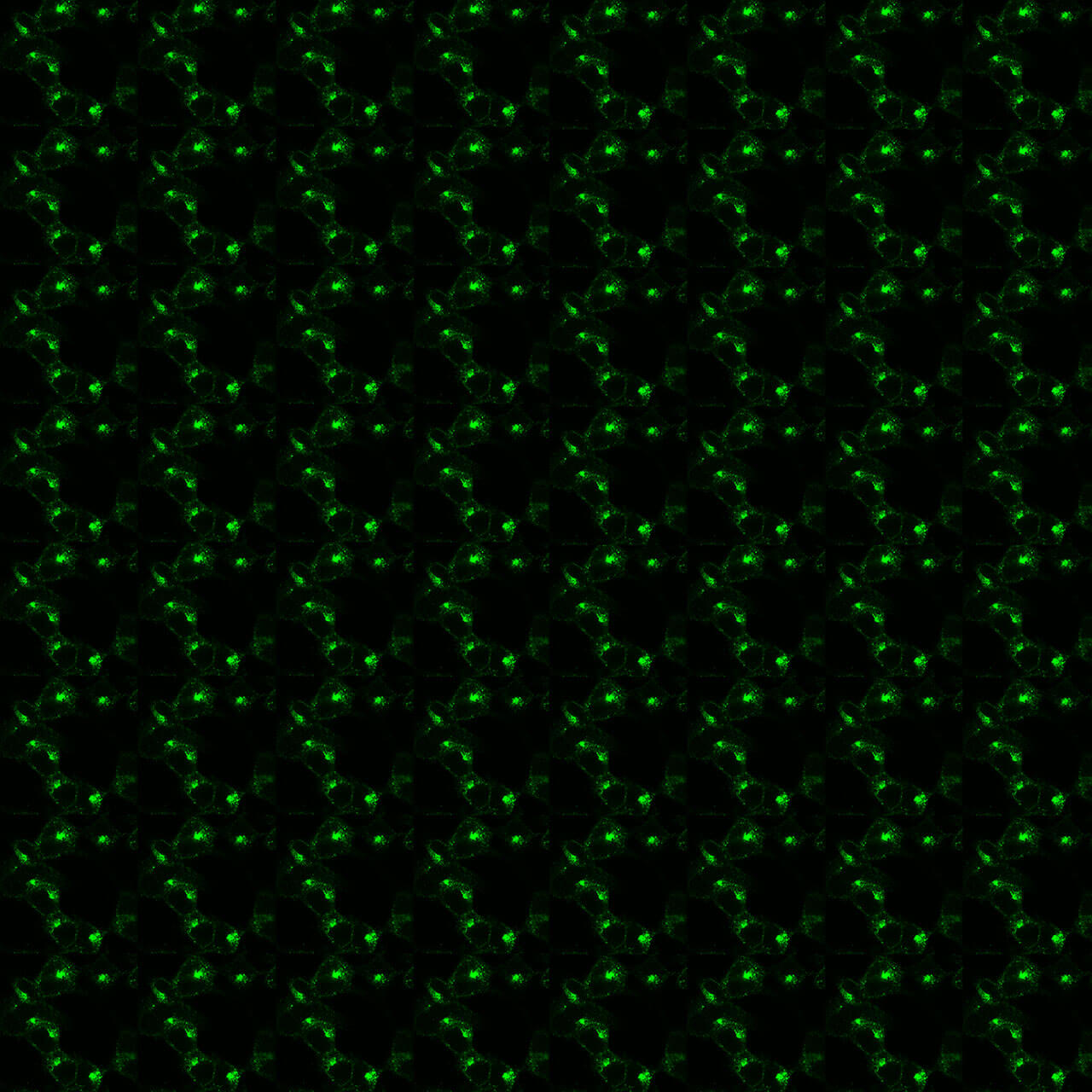Prostanoid receptors are activated by the endogenous ligands prostaglandins PGD2, PGE1, PGE2 , PGF2α, PGH2, prostacyclin (PGI2) and thromboxane A2. Cyclo-oxygenase (COX) converts arachidonic acid to prostaglandin H2 (PGH2), from which further prostanoids, PGD2, PGE2, PGF2α, PGI2 (prostacyclin) and thromboxane A2 (TXA2) are enzymatically derived. Based on the agonist potencies of the latter prostanoids (and the limited use of receptor antagonists), five prostanoid receptors were recognized and correspondingly named DP, EP, FP, IP and TP receptors. Additionally, EP receptors have been subdivided into four groups, termed EP1, EP2, EP3 and EP4. cDNA cloning identified a family of eight G-protein coupled receptors (GPCRs) that correspond to these pharmacologically-defined receptors. cDNA cloning also revealed the presence of an additional GPCR called CRTH2 that mediates some PGD2 actions. Therefore, the DP receptor now has two subtypes, DP1 and DP2 (CRTH2).
 pT372/pS373-EP3 Phosphorylation Assay Kit
pT372/pS373-EP3 Phosphorylation Assay Kit 
